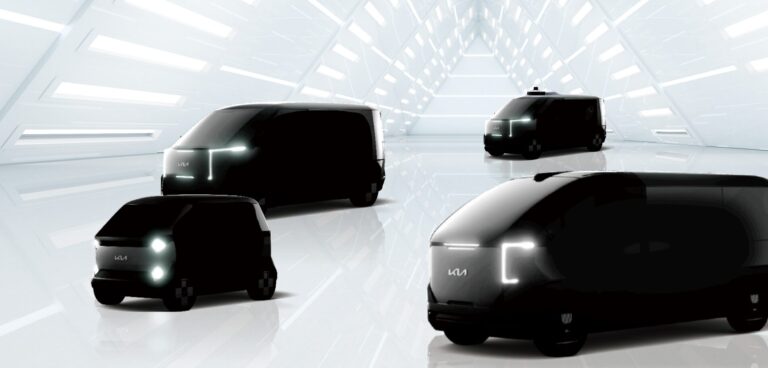A groundbreaking event has been held at Kia’s Hwaseong plant in Gyeonggi Province, South Korea, for its dedicated plant for the production of battery-electric purpose-built vehicles (PBV). The OEM plans to invest approximately U$758m to secure 99,000 acres of land ahead of mass production beginning in the second half of 2025.
In the first full year, Kia anticipates that it will manufacture 150,000 units, with the potential for future expansion. The OEM’s PBV plant will be built as an environmentally friendly facility, and will use advanced manufacturing technology while reducing carbon emissions. One of these manufacturing processes will be the cellular, or cell, method, which enables vehicles to be produced based on differing customer requirements.
Kia’s cell method groups machines and workstations that are used to manufacture similar components, with the aim of increasing efficiency and flexibility within the manufacturing process. This is achieved by reducing the distance that components or materials need to travel during the various production stages. As a result, the cell method minimizes downtime, increases productivity and makes the manufacturing process more cost effective.
The PBV plant’s manufacturing system will combine the new cell method with the original mass-production conveyor system to enable flexible production in terms of the customization of various product types. Kia will automate the facilities using machine learning and artificial intelligence technologies.
At present, first battery electric PBV production is set for 2025, with the OEM planning to showcase SW – the project name of the first model in the company’s dedicated PBV line-up – in 2025. The mid-sized PBV will be based on the eS skateboard platform for battery electric PBVs. This will enable an array of different vehicle bodies to be combined.
Following the launch of the mid-sized SW PBV, Kia aims to expand its product line-up to large-sized PBVs designed for logistics, fresh food delivery, multi-seat shuttles and mobile offices and stores, in addition to small-sized PBVs and mid-sized robotaxis with autonomous driving technology.


